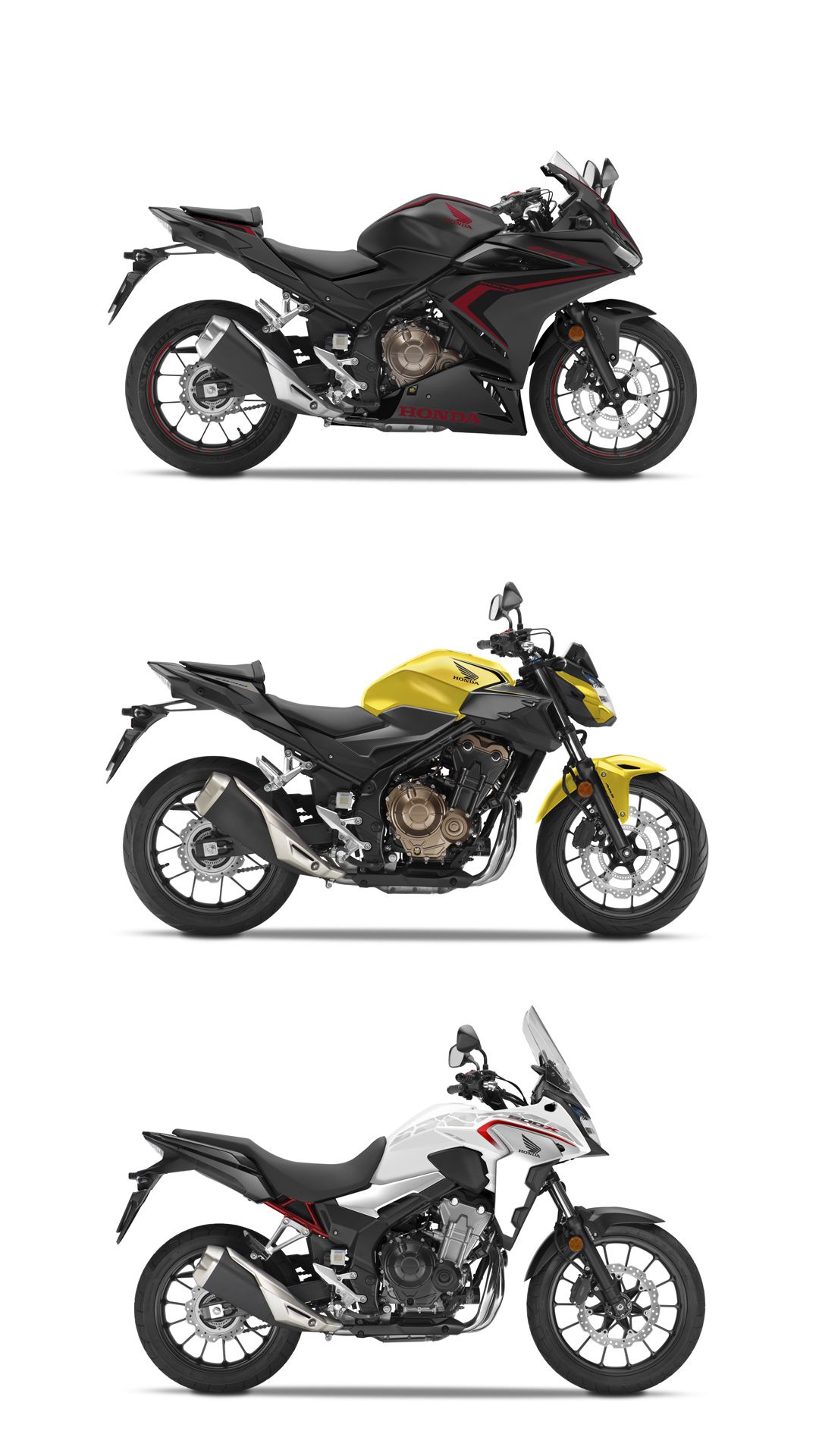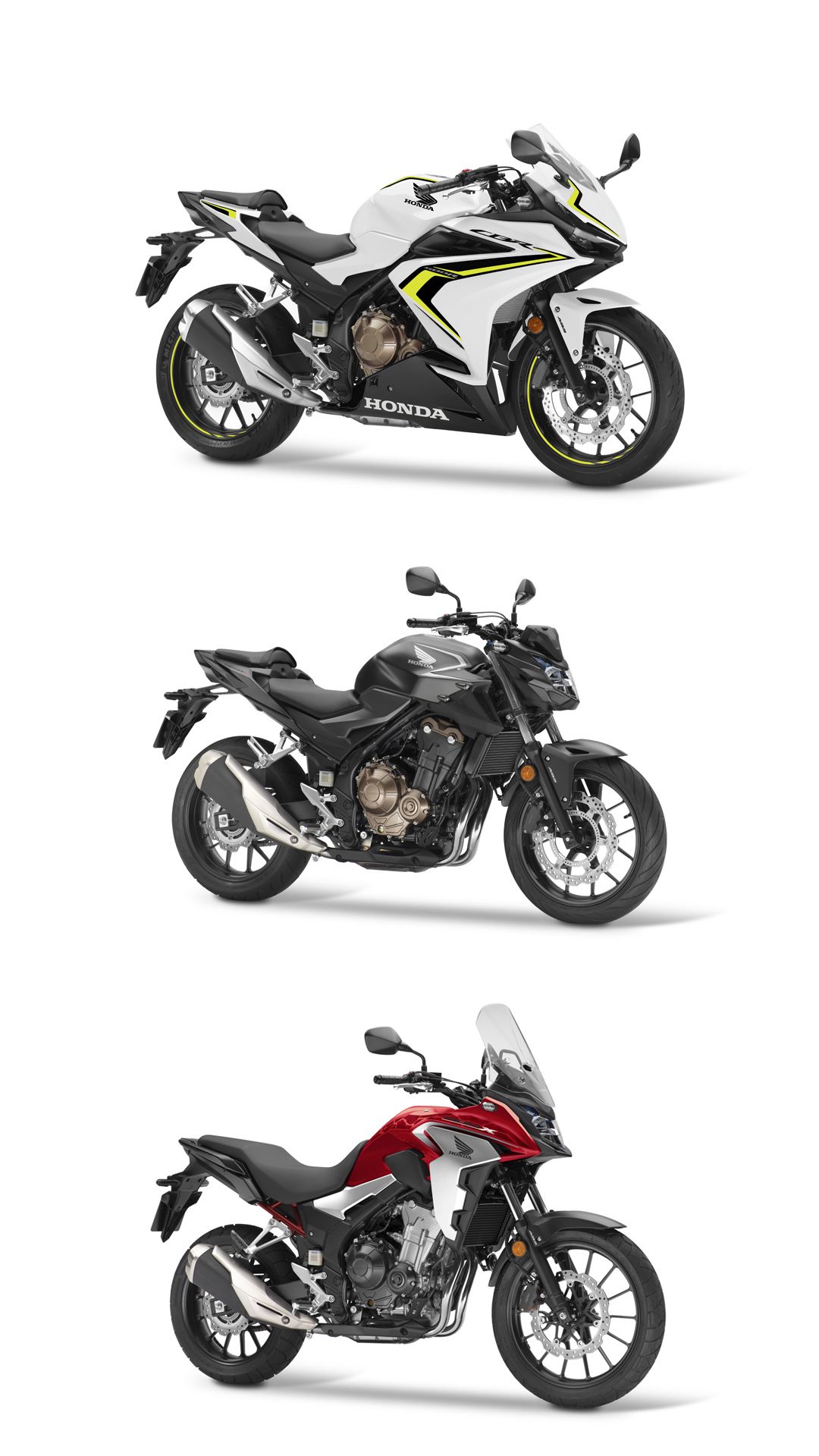What Euro 5 Means for UK Motorcycles
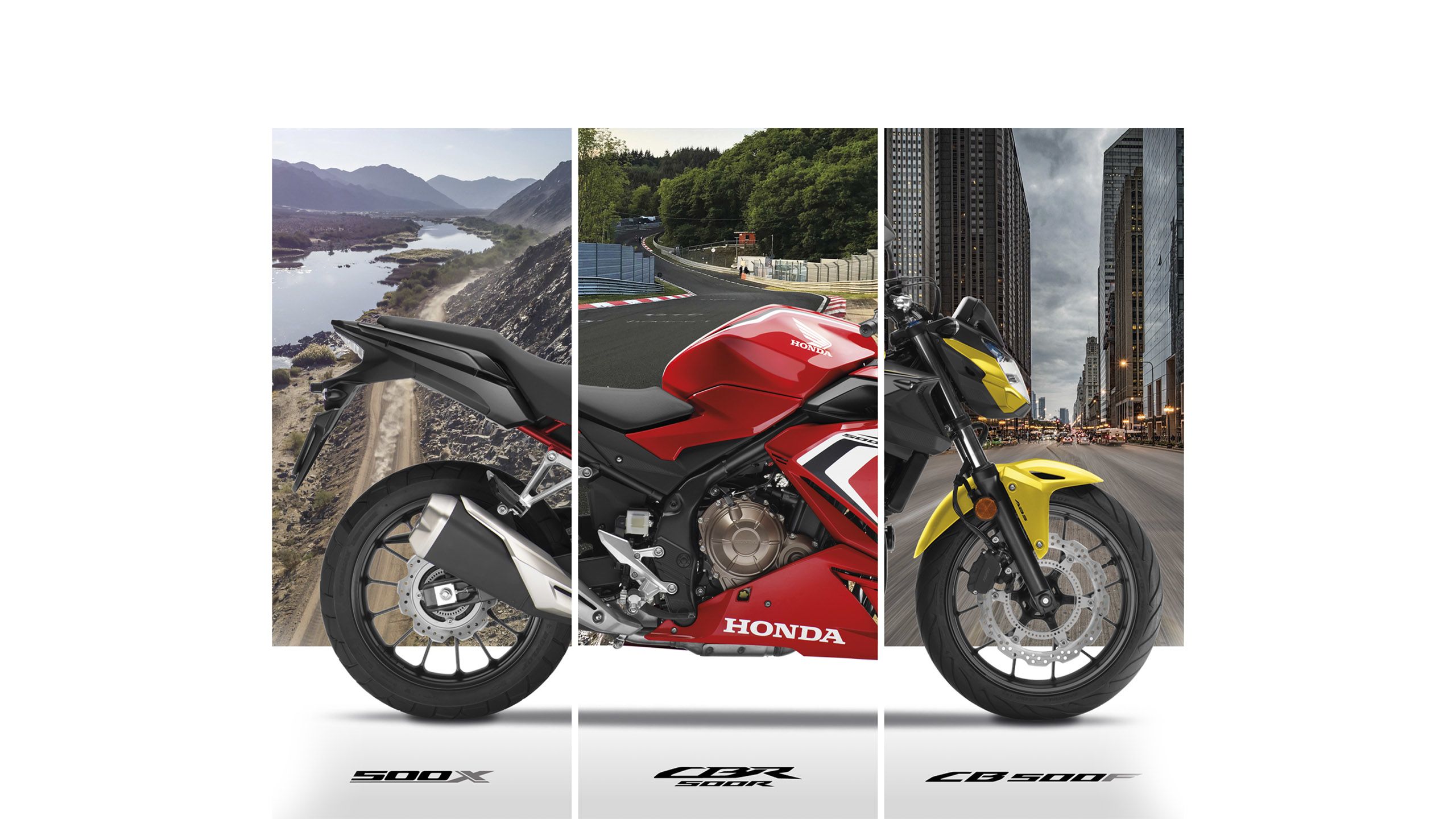

If you've been hearing about the Euro 5 emissions legislation for as long as you care to mention but haven't paid any attention to how it might affect you, the good news is there's nothing for existing owners to worry about whatsoever. The new legislation designed to reduce emissions and help the environment only applies to new motorcycles, and you probably won’t have even noticed that a phased implementation actually began on January 1st of this year.
Of course, if you’re someone looking to buy their first new motorcycle, you might be concerned about what all this Euro 5 stuff means for your new purchase. Thankfully, as the world's biggest motorcycle manufacturer, here at Honda we're right on top of the latest changes.

For example, the A2 licence-friendly CB500F, CBR500R and CB500X are already massively popular with both new and experienced riders, and the new 21YM models that are going to be available in showrooms from this autumn later this year will be Euro 5 compliant and they'll be available in several striking new colours.
More than 92,000 of these three motorcycles have been sold across Europe since their introduction in 2013, but we've worked diligently to ensure they remain compliant with increasingly stringent emissions standards without compromising their performance.
What actually is Euro 5?
Euro 5 is a set of rules manufacturers have to abide by to be allowed to sell their products in the EU and the European Free Trade Area (EFTA), and it unsurprisingly follows on from the Euro 4 set of rules that preceded Euro 5.
From the first day of 2020, every new type-approved motorcycle and moped sold in the EU and EFTA had to meet the standards laid down in the Euro 5 legislation. Perhaps a little confusingly, the new rules brought L-category vehicles – motorcycles, mopeds, tricycles and quadricycles – into line with the same emissions standards as euro 6 cars.
Although new emissions standards don't tell manufacturers specifically how to achieve the latest set of new low levels of allowable emissions from their products, every time a new standard is brought in it inevitably leads to new innovations. For example, when Euro 4 standards were brought in at the start of 2016, it brought several new technologies to the motorcycle market such as ride-by-wire.
There are four different types of exhaust emissions covered by the Euro 5 legislation, which is one more than there were under Euro 4. The three measures common to both standards are carbon monoxide, total hydrocarbons and nitrogen oxide (NOx), while the new measure for Euro 5 is non-methane hydrocarbons.
Under Euro 4, a motorcycle could emit no more than 1140 mg/km of carbon monoxide, but this now drops to a maximum of just 1000 mg/km under Euro 5. The old limit for total hydrocarbons was 170 mg/km, but that now drops to just 100 mg/km. The limit for nitrogen oxide was 90 mg/km but that now drops to 60 mg/km, and a new measure of a maximum of 68 mg/km of non-methane hydrocarbons has been introduced for the first time with Euro 5.
What actually changed on January 1st 2020?
All that changed on January 1st was that for any new motorcycle to get type approval to be sold in the EU or EFTA it then had to meet or exceed the new Euro 5 emissions standards. Type approval – or European Whole Vehicle Type Approval to give it its full title – is a set of standards across a variety of areas a motorcycle must meet or exceed for it to be legal to sell in the EU and EFTA. This is about a lot more than just emissions. Being compliant with Euro 5 is just one of the criteria for obtaining type approval.
Gaining type approval also means complying with rules on noise levels, meeting compulsory requirements for advanced braking systems for certain motorcycle categories, anti-tampering devices, and requirements for allowing access to certain information such as repair information.
Basically, from the 1st of January 2020, if a manufacturer wants to gain type approval for a completely new model of motorcycle so it can be sold in the EU and EFTA, it will have to be Euro 5 compliant as well as meeting the other existing standards for type approval. It does not stop a manufacturer selling a new model that already has type approval if it only complies with Euro 4 standards.
For example, a model like the Honda CB650R that has been in production for some time and therefore already has type approval could still be sold in 2020 even if it wasn't Euro 5 compliant. As a buyer, it doesn't mean anything to you whether your new bike is Euro 4 or Euro 5 compliant, apart from a Euro 5 compliant motorcycle may cost a little more but you also know it will be kinder to the environment than a Euro 4 equivalent.
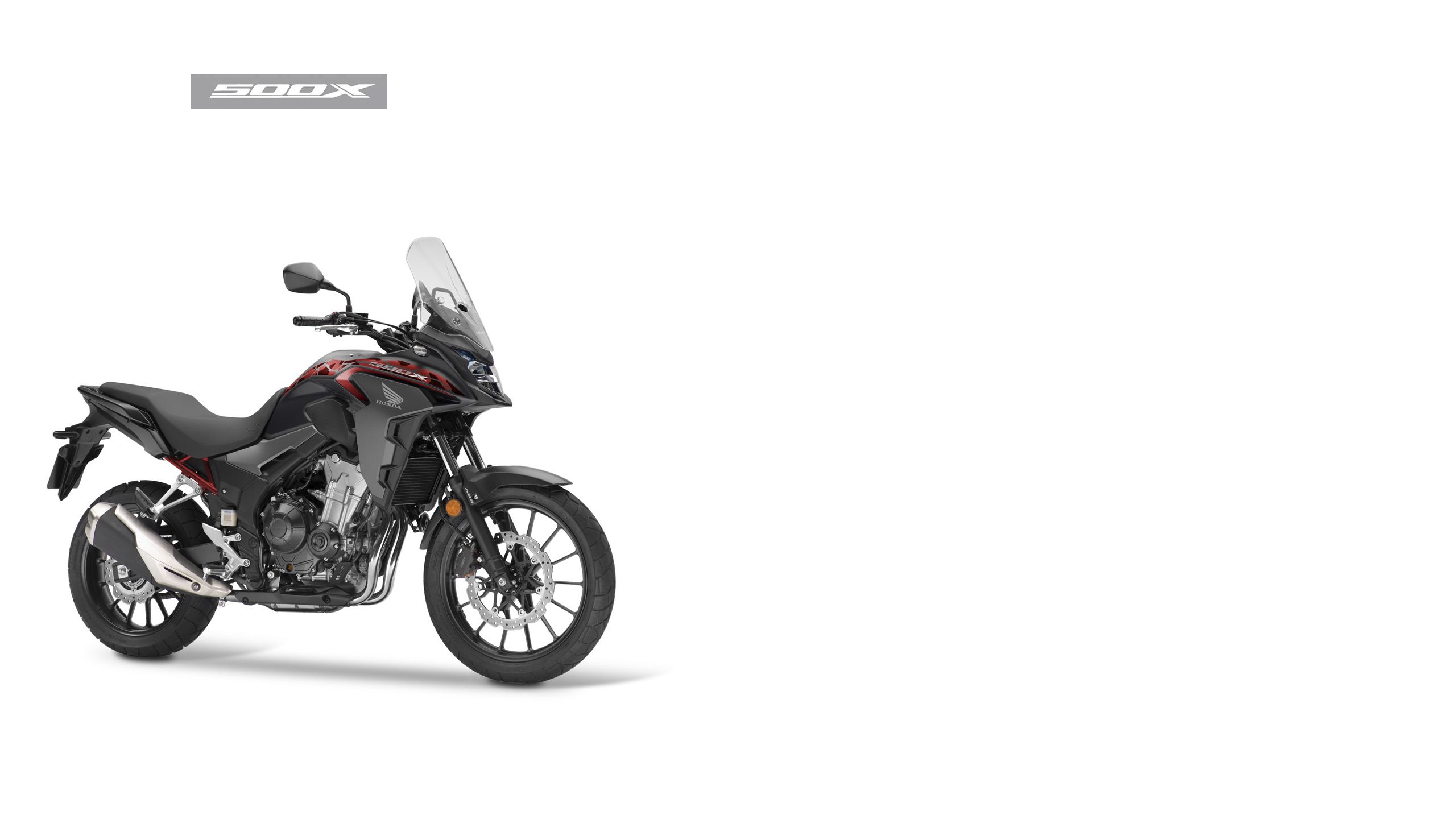
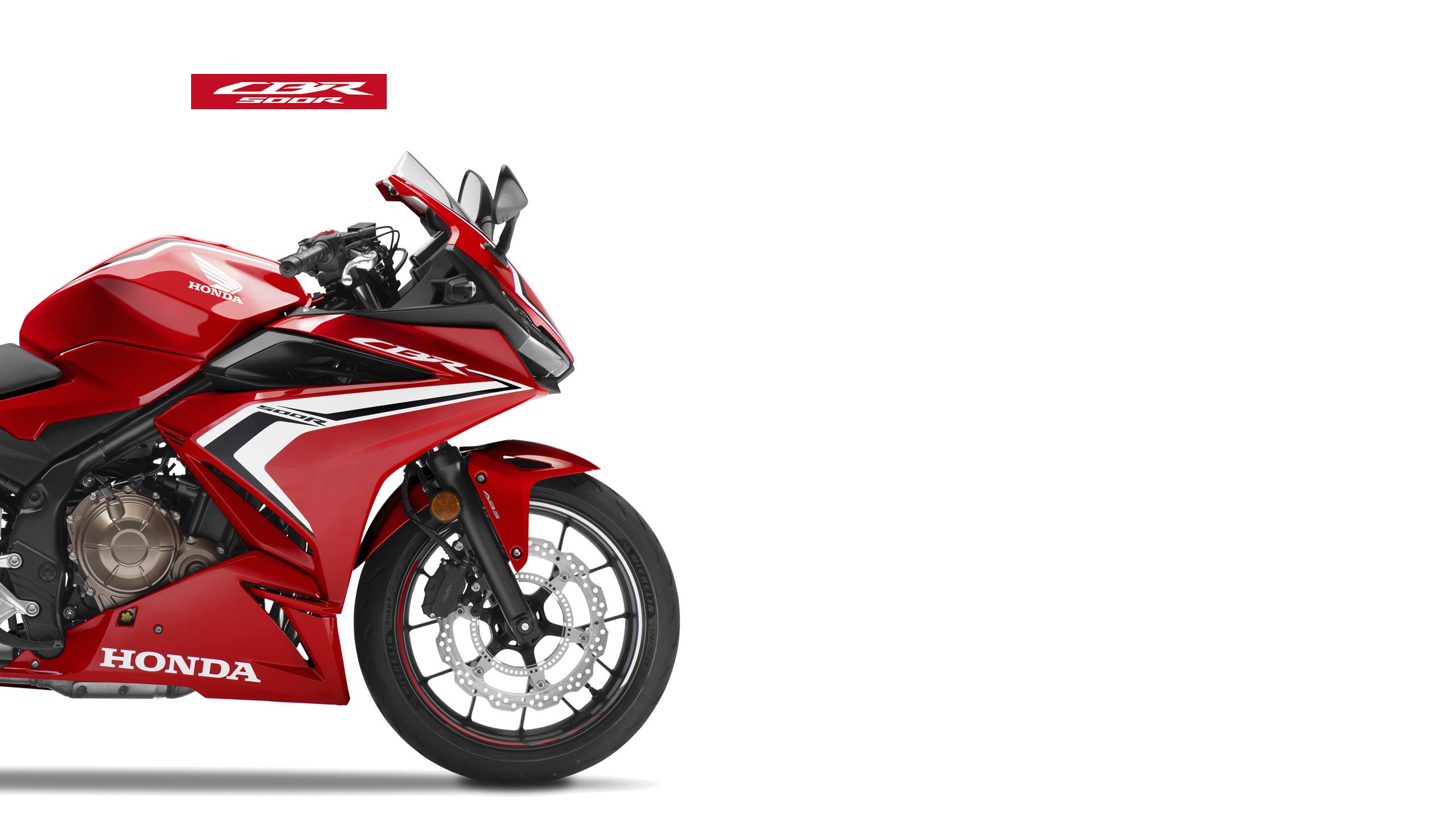
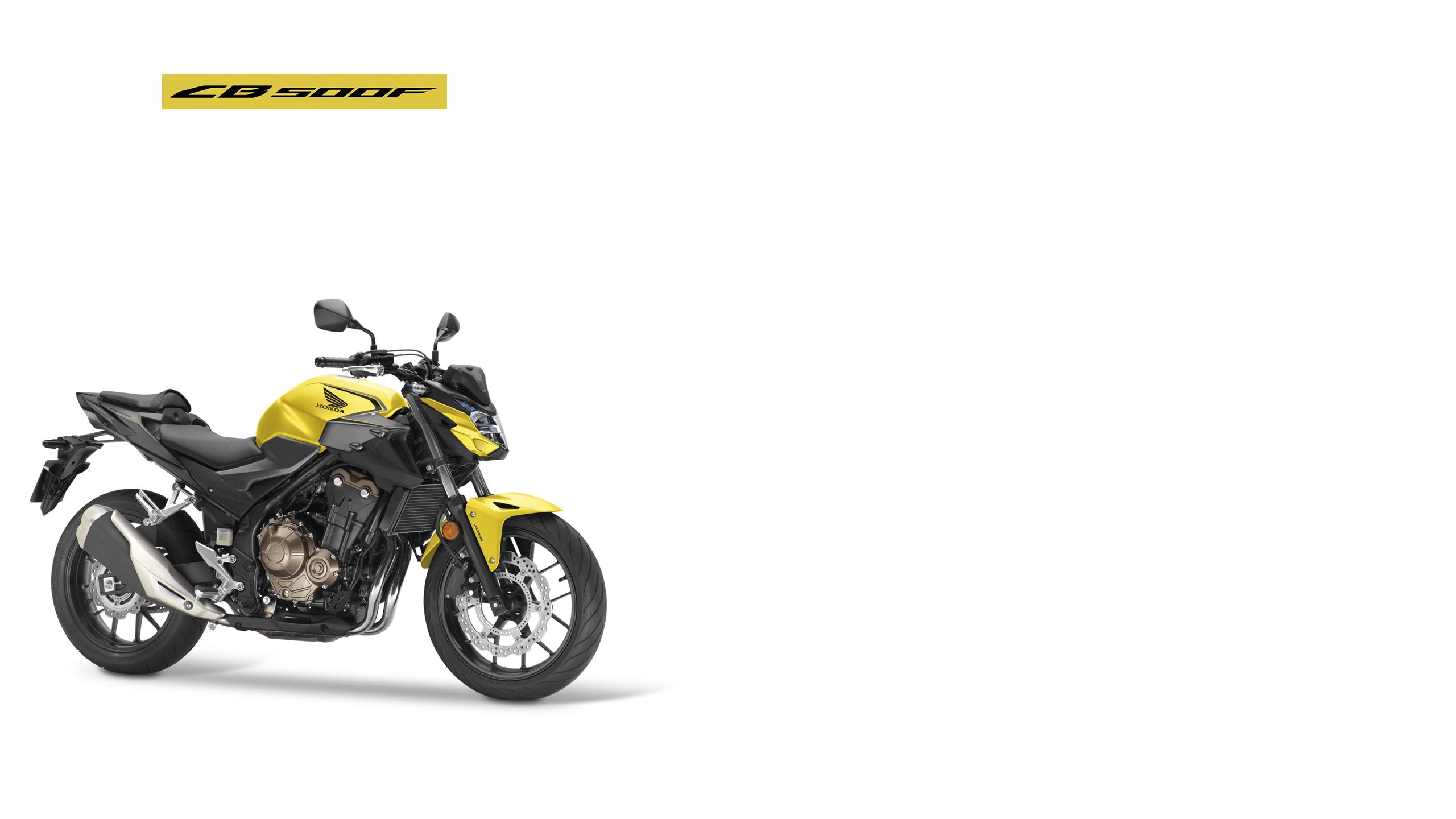
What changes on January 1st 2021?
January 1st 2021 is when the really big change comes in, but once again, there's nothing for consumers or existing motorcycle owners to be concerned about. From that date, every brand new motorcycle sold here in the UK will have to be Euro 5 compliant, even if it's a model that's been in production for decades and was perfectly legal to be sold a couple of days earlier in 2020.
Buyers will therefore still be able to purchase these Euro 4 compliant motorcycles from dealers for the next two years, which should be plenty of time for existing stocks to be cleared. Riding and owning a Euro 4 model won’t be or feel any different from a Euro 5 compliant model. Some models have only needed very minor upgrades by manufacturers to make them Euro 5 compliant, but there's no reason for buyers to delay purchasing a new motorcycle to wait for a Euro 5 compliant version if the bike is currently being sold under the end-of-series derogation system as a Euro 4 model.
What does Brexit mean for Euro 5 in the UK?
It could be easy to imagine that now the UK has left the EU, that Euro 5 and future European environmental legislation will no longer affect motorcycles in the UK, but you'd be wrong. For a start, the UK is still in a transition period until 31st December 2020 where it follows all the rules just as it did when still a member of the EU.
Even after the transition period ends, the UK will continue to abide by Euro 5 and future even stricter European environmental legislation for motor vehicles are they are fast becoming recognised as something of a global standard. Motorcycles are a truly global business, so it makes economic sense for manufacturers to build to the highest standard out there so they don’t have the huge expense of producing models to different standards for different territories. If a motorcycle is built to meet the strictest environmental standards in the world it can then be sold in every single market out there and not just certain ones where it does meet the local standard.
What do owners of non-Euro 5 motorcycles have to do?
Don’t worry at all if you already have a motorcycle that's not Euro 5 compliant, even if you buy it on 31st of December 2020 (or through to Dec 31st 2022). The legislation only covers the sale of brand new motorcycles, so as an existing owner of a Euro 4 bike there's nothing for you to worry about and nothing you have to do any different. When you eventually come to sell your Euro 4 motorcycle at some point in the future you will simply offer it for sale as a used bike in the same way you would right now.
